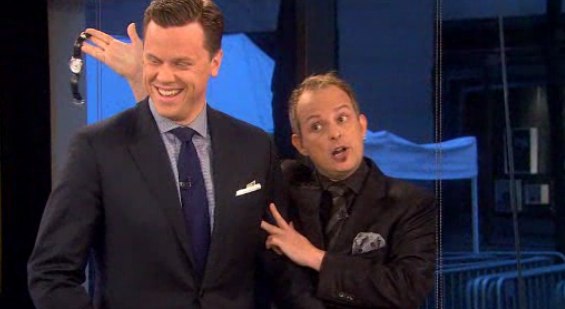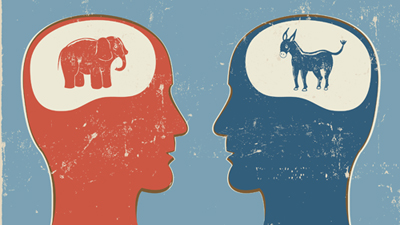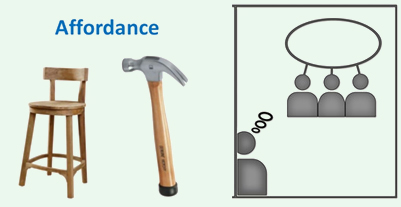Thursday, 29 November 2018
A Pickpocket Teaches the Science of Attention
 When I give courses on the brain’s “higher functions”, and I get to the topic of attention and control, I often show videos of Apollo Robbins, a professional pickpocket whom many consider the best in the world. The video I show most often was produced by Scientific American and is entitled “Neuroscience Meets Magic”. It shows neuroscientists who specialize in the subject of attention analyzing his subtlest gestures and identifying the classic principles of attention that he is manipulating, such as bottom up, top down, frame of attention, and misdirection. (more…)
When I give courses on the brain’s “higher functions”, and I get to the topic of attention and control, I often show videos of Apollo Robbins, a professional pickpocket whom many consider the best in the world. The video I show most often was produced by Scientific American and is entitled “Neuroscience Meets Magic”. It shows neuroscientists who specialize in the subject of attention analyzing his subtlest gestures and identifying the classic principles of attention that he is manipulating, such as bottom up, top down, frame of attention, and misdirection. (more…)
The Emergence of Consciousness | Comments Closed
Wednesday, 14 November 2018
Political Allegiance and Brain Biology
 How hard it is to get someone to shift their allegiance from one political party to another is something that many of us know from personal experience, but it has also been demonstrated experimentally. For example, in subjects who were exposed to political ideas opposed to their own, researchers have recorded brain activity similar to that associated with the processing of pain or negative emotions. Conversely, when subjects were asked to justify their own political positions, their ventral striatum became more active, the typical sign of a pleasant, positive experience—in short, a reward.
How hard it is to get someone to shift their allegiance from one political party to another is something that many of us know from personal experience, but it has also been demonstrated experimentally. For example, in subjects who were exposed to political ideas opposed to their own, researchers have recorded brain activity similar to that associated with the processing of pain or negative emotions. Conversely, when subjects were asked to justify their own political positions, their ventral striatum became more active, the typical sign of a pleasant, positive experience—in short, a reward.
So does this mean that all of us are stuck in a self-referential loop that would significantly compromise the possibility of any genuine political debate? (more…)
Emotions and the Brain | Comments Closed
Thursday, 1 November 2018
How the Concept of Affordances Has Evolved

Recently, I had the chance to realize how quickly a concept can change—in this case, the concept of affordances, In its original form, this concept first appeared in studies by James J. Gibson on the sense of sight, in the 1970s. In short, Gibson observed that when we see an object, what interests us the most is not so much its physical properties as the opportunities that it affords us to take action—to intervene more effectively in the world and thus better resist the ravages of time, or, in the elegant language of physics, to temporarily overcome the second law of thermodynamics, that entropy always increases.
For some years, this concept of affordances received little attention in cognitive science, because the prevailing highly computationalist paradigm, emphasizing inputs, manipulation of symbols, and outputs, militated against its full development. This is a common phenomenon in the history of ideas: a conceptual innovation that is just a bit ahead of its time does not fit into any existing, broader paradigm that would let the scientific community understand and embrace its full implications. (more…)
Body Movement and the Brain | Comments Closed








